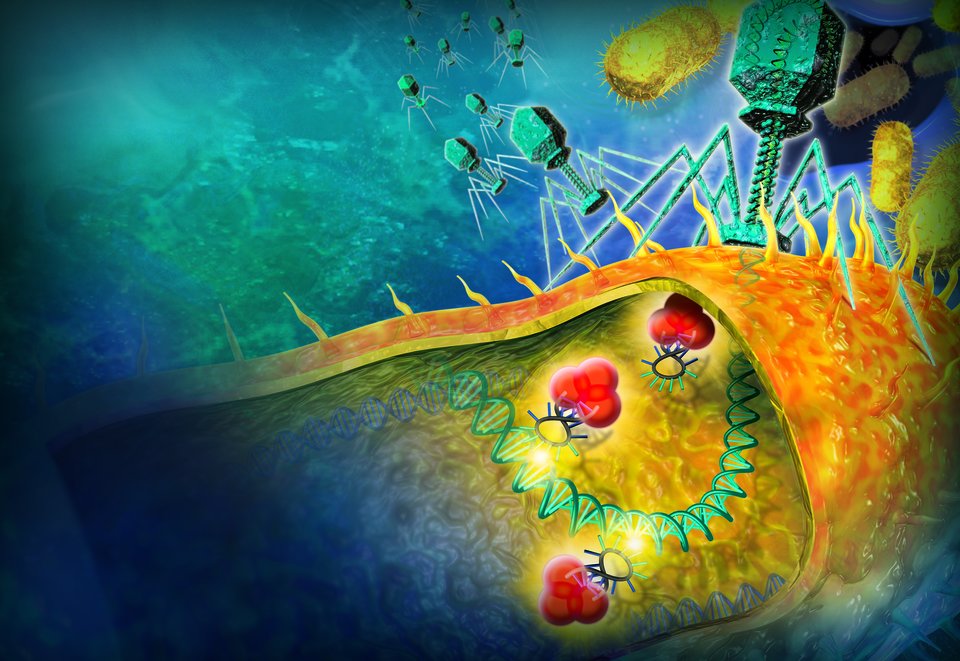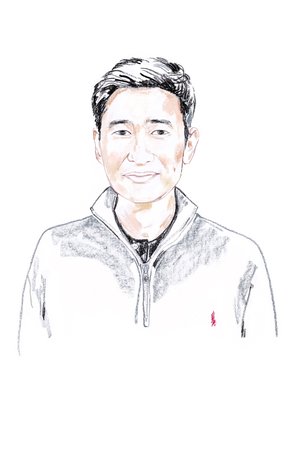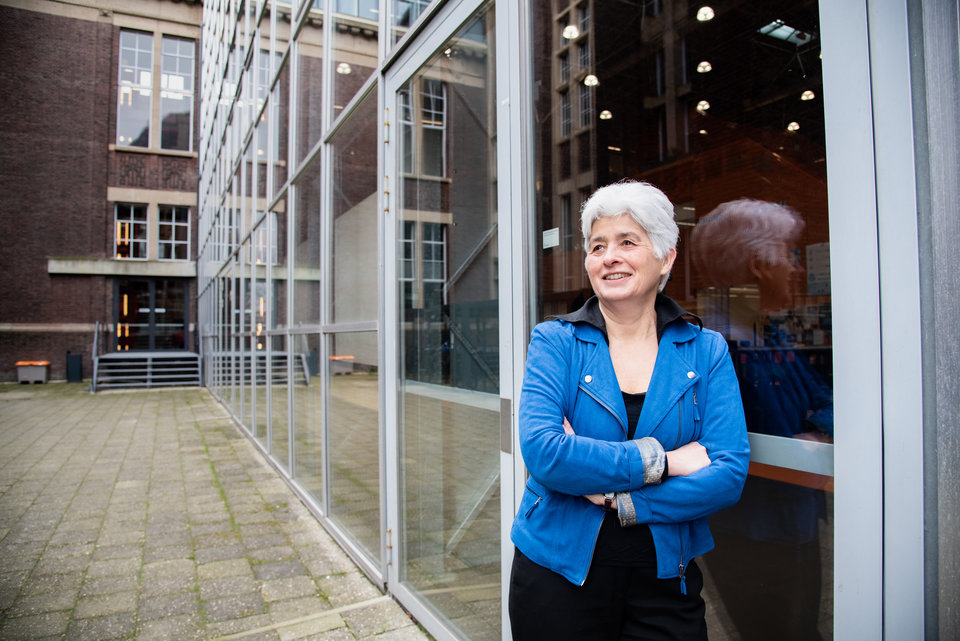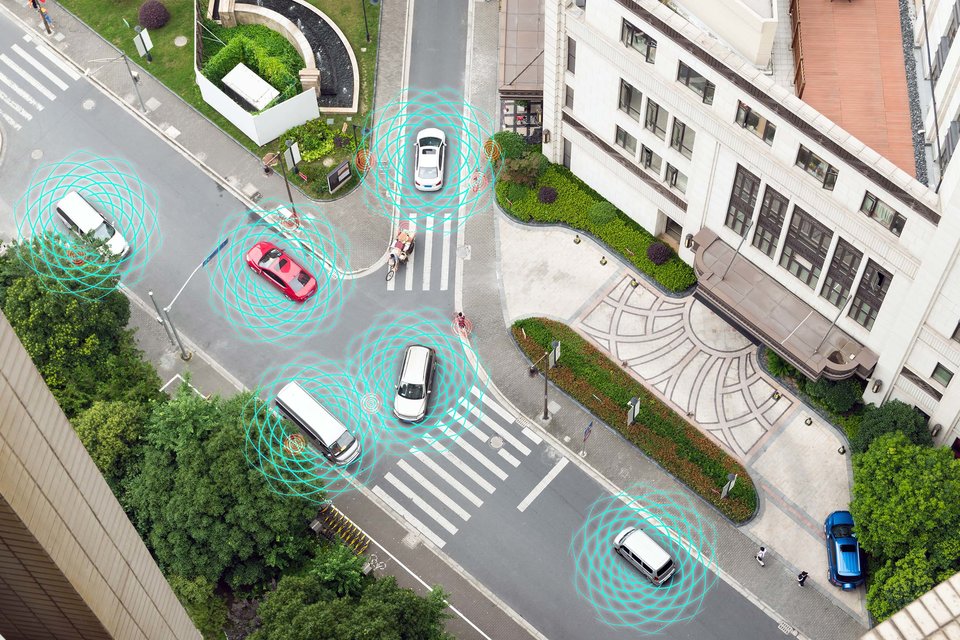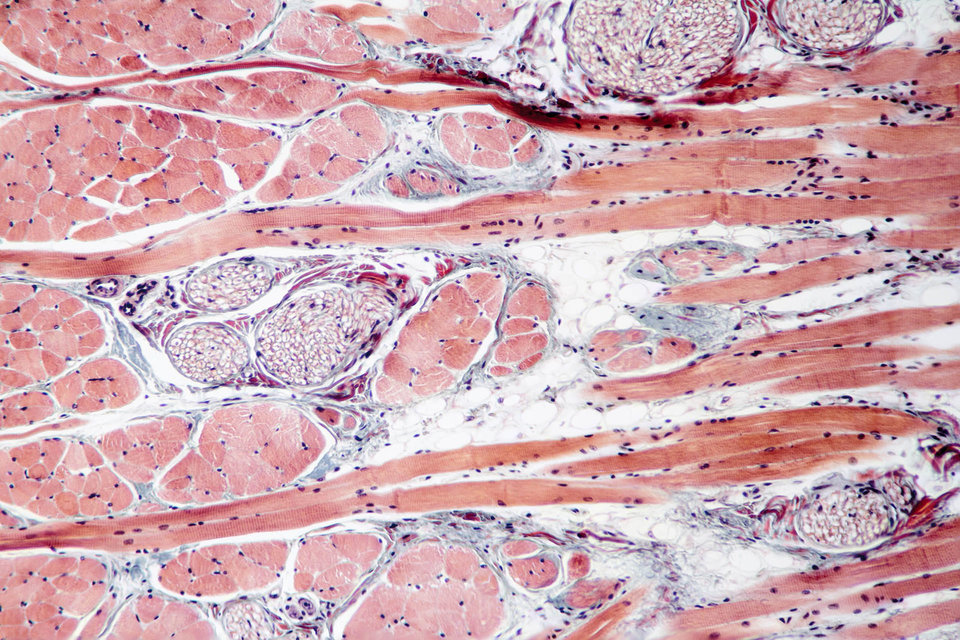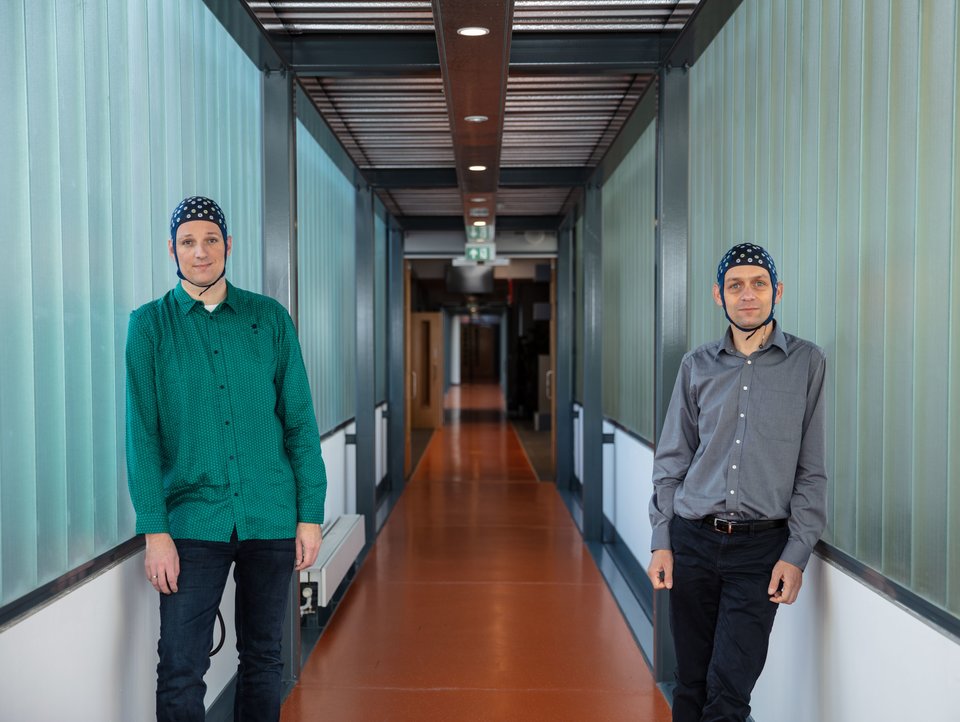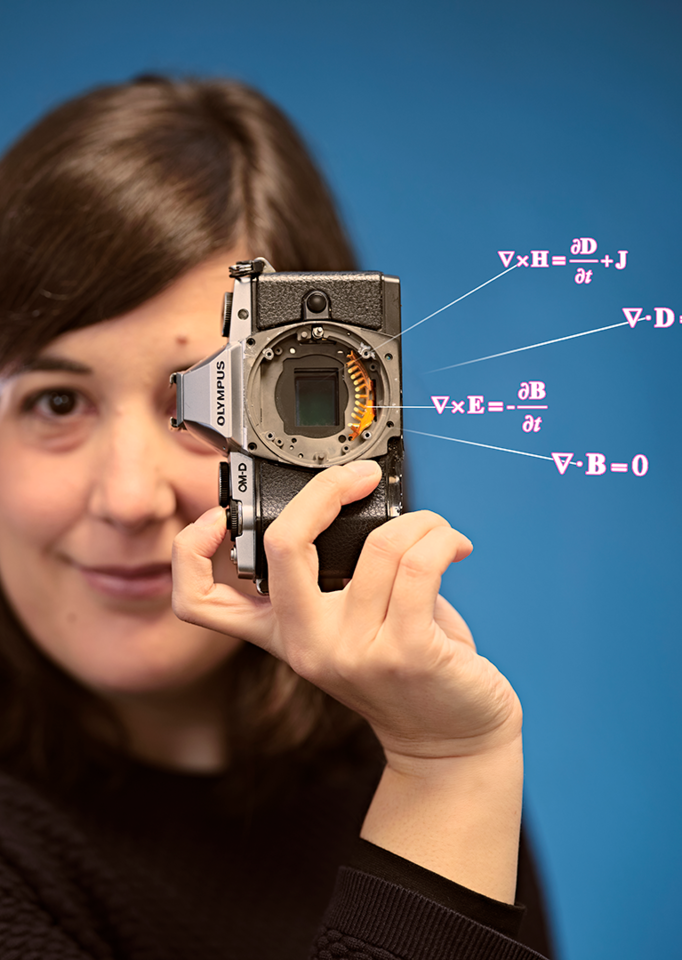There is a knowledge gap when it comes to how non-CO2 emissions of aviation affect global warming. Jin Maruhashi modeled the global transport patterns of nitrogen oxide (NOx) emissions and then used a neuroscience machine learning algorithm to find patterns in these data. It landed him the award for Best Climate Action Paper of the TU Delft.
As a child, airplanes were like a second home to Jin Maruhashi because of his father’s diplomatic work. He developed a strong interest in aviation, culminating in a master’s degree on how turbulence impacts airplanes. For his PhD, he studies the reverse effect: looking at how airplanes impact the environment. ‘I want to help aviation become greener, for which we need to understand all factors that contribute to climate change,’ he says. ‘NOx emissions have both a cooling effect and a warming effect, with the latter being far from negligible. But it currently still carries a lot of uncertainty, especially when it comes to understanding which transport patterns have the most worrying climate impact*.’
Tracking air parcels
His research starts with detailed global-scale simulations of NOx transport patterns, using an existing model developed by the German Aerospace Center. ‘Rather than looking at fixed points in space, it follows air parcels throughout their trajectory in the atmosphere,’ he says. ‘It also models how they mix with other air parcels as well as the chemical reactions going on, such as the production of ozone that is triggered by NOx. Rather than NOx itself, it is this indirectly produced O3 that ends up contributing towards global warming.’
Jin divided the world into five regions and calculated the output trajectories for various NOx emission points in each of these regions, for both summer and winter weather patterns. Both calculations lasted three days each on the Dutch national supercomputer Snellius, yielding terabytes of output data that needed interpreting.
Neuroscience clustering
Various clustering algorithms he tried failed at reducing the data to overall, meaningful transport patterns. He then came across a machine learning algorithm used extensively by neuroscientists to group nerve fibers in the brain. ‘To me, the long, winding nerve cells really looked like air parcel trajectories – mainly differing by a large scaling factor, of course.’
The algorithm clusters nerve fibers on a purely geometric basis – by calculating the averaged distance between these fibers. For his air parcel trajectories, he wanted the algorithm to also weigh their relative warming effect. ‘Radiative forcing was definitely something to add, because of the climate impact I am looking at,’ he says. ‘It is a measure for the balance between incoming and outgoing radiation. It took me quite some tweaking to create this atmospheric distance function.’
Where you emit is not where you warm
His analysis, for example, shows that seasonality plays an important role, with the warming effect of NOx emissions being larger in the hemispheric summer. It also showed that emissions in one region may induce their largest radiative forcing in another region, and that flight trajectories coinciding with downward drafts in earth’s atmosphere could have a reduced global warming effect. ‘There are more dynamic processes closer to the earth’s surface, resulting in a faster removal of NOx from the atmosphere.’
Aerosols
Studying the warming effect of NOx is what landed Jin the award for Best Climate Action Paper of TU Delft. But for him, it has only been a stepping stone towards his real goal: applying a similar methodology to investigate the even-less-understood climate impact of aerosols. ‘An aerosol is a suspension of fine solid particles or liquid droplets in air. They typically originate from the hydrocarbon and sulfur components found in aviation fuel. Sulphate aerosols, for example, impact global warming through cloud interaction. But we know very little about them. Right now, we don’t even know if these indirect effects have a net warming or cooling effect.’
For his aerosol calculations, Jin needs to adapt the current model that performs the global scale simulations. ‘The mixing and chemistry of aerosols differ from that of NOx,’ he says. ‘There are more processes that need to be considered when compared to gases, such as particles clotting together or the creation of small droplets through condensation. It is a big challenge to model all of these dynamics accurately.’
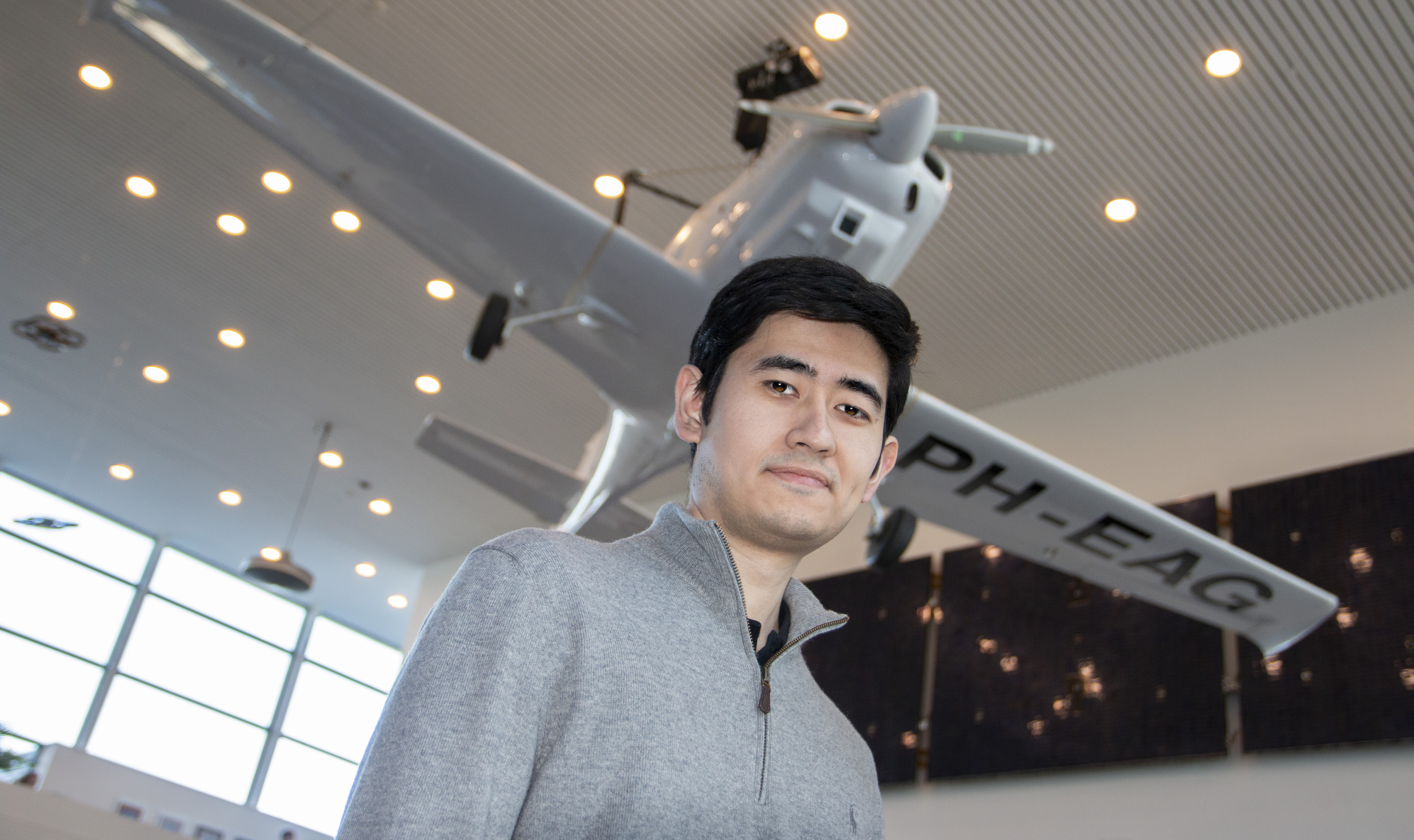
Beyond fuel
Nearing the end of his PhD, Jin expects to continue working on green aviation, although he doesn’t know yet if that will be in academia or in industry. What is not a mystery, is that his research may eventually be used to optimise flight trajectories and altitudes. ‘These are currently optimised based primarily on fuel consumption only,’ he says. ‘It would be great if the global warming perspective is also considered.’ That is something to think about, next time you travel by airplane. You may go to Italy, but your emissions go elsewhere.
* Improving the scientific understanding of those aviation emissions that have the largest uncertainty is one of the core objectives of the international EU project “Advancing the Science for Aviation and Climate” (ACACIA), which supports Jin’s research.

